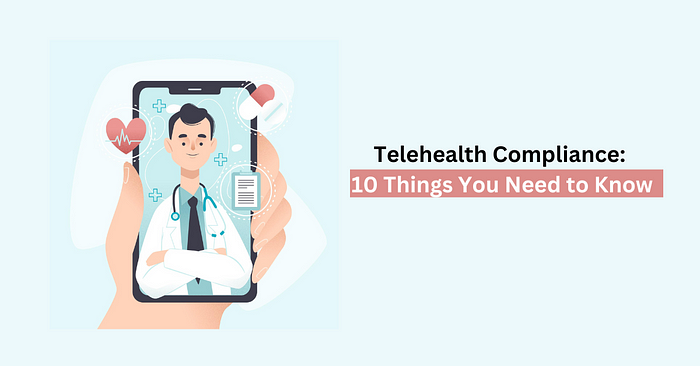Telehealth Compliance: 10 Things You Need to Know

Telemedicine or telehealth, which refers to providing care via electronic communication when patients and providers are in separate locations, has been available for decades. However, the COVID-19 pandemic has accelerated the adoption of telehealth due to the urgent need to deliver care in new ways. Before the pandemic, telehealth faced challenges such as limited reimbursement, cross-border licensure requirements, and access to technology. The pandemic prompted increased flexibility in reimbursement and explosive growth in telehealth services. Eventually, these terms may become commonplace in healthcare and simply be referred to as “healthcare.” However, for now, compliance considerations must be taken into account as telehealth is subject to various state and federal healthcare regulations.
1. Ensure the privacy and security of data remains intact
During the COVID-19 pandemic, the U.S. Department of Health and Human Services’ (HHS) Office for Civil Rights (OCR) temporarily waived certain data security requirements under the Health Insurance Portability and Accountability Act (HIPAA). This allowed providers to use HIPAA-compliant communication platforms without a HIPAA business associate agreement. However, OCR’s decision to relax HIPAA requirements expired on May 11, 2023, with a 90-day grace period. As a result, after midnight on Aug. 9, 2023, telehealth providers will no longer be able to rely on that enforcement discretion if their telehealth platform fails to meet HIPAA standards.
https://www.allzonems.com/telehealth-compliance-10-things-you-need-to-know/



Comments
Post a Comment